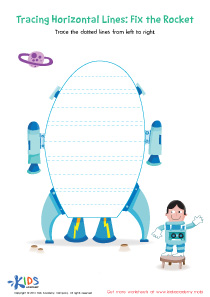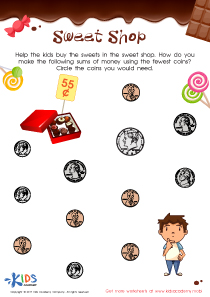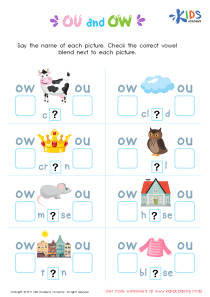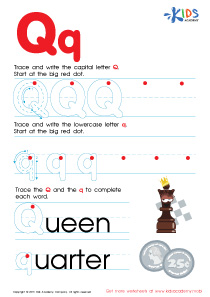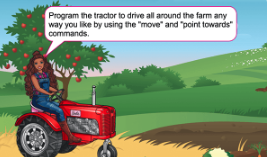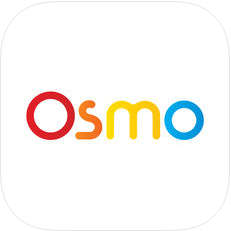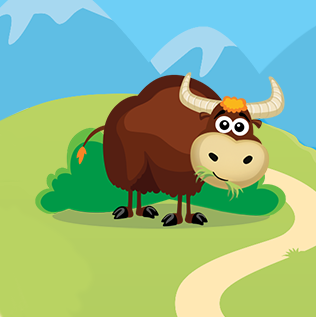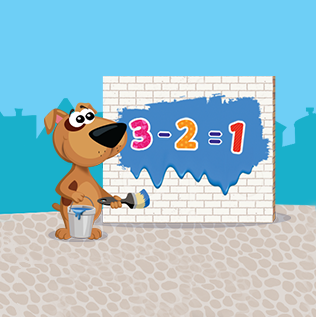Math Lessons | Rounding, Kindergarten
0 results
Introducing our Rounding Lessons for kindergarteners! These interactive worksheets are tailored to make learning math fun and easy. Our lessons feature exciting educational videos and quizzes to help ensure that your child stays engaged throughout the entire process. Our program aims to make rounding numbers easier for young minds to understand and master. It's the perfect way to help your little ones develop their number skills and grow confident with math. Our Rounding Lessons are designed with your child in mind, helping to build a foundation for their future academic success!
Rounding Lessons for Children in Kindergarten
Rounding is an essential math skill that children learn in Kindergarten. It is a technique that helps kids estimate quantities and recognize patterns in numbers. The ability to round up or down to the nearest whole number is useful in many different subjects throughout the child's academic career. These skills can be developed through interactive worksheets, educational videos, and assessment quizzes.
By taking rounding lessons in Kindergarten, children can learn how to round numbers to the nearest ten or hundred. They will understand that numbers ending in 1-4 round down, and those ending in 5-9 round up. For example, if they are given the number 67, they will know to round it to 70. This skill will help them understand larger numbers and help them become more proficient in math.
Kindergarten students can use rounding in addition and subtraction problems, which will come in handy in higher-level math classes. They will be able to spot patterns in numbers and make quick calculations based on those patterns. For example, if they are given the problem 8+7, they can round up the 7 to 10 and add that to the 8 to get the answer of 18. This method will help them save time and improve their accuracy.
Rounding will also be useful in subjects such as science and social studies. For example, when creating charts, graphs, and diagrams, it is essential to round off numbers to make it easier to read and understand them. Suppose they are given a graph with numbers such as 4,500,000. In that case, they can easily round it off to 5 million to get a better understanding of the data presented.
Interactive worksheets and educational videos are excellent tools for teachers to introduce rounding to Kindergarten students. The use of visuals, such as number lines and charts, is an effective way to help the children understand the concept better. Assessment quizzes, on the other hand, will test their knowledge and allow the teacher to determine if the students need additional support.
In conclusion, learning rounding in Kindergarten is an important academic milestone that sets the foundation for learning and understanding math and other subjects. The skill of rounding can be developed through interactive worksheets, educational videos, and assessment quizzes. These lessons will help students become proficient in math, notice patterns in numbers, and use rounding in everyday life.

